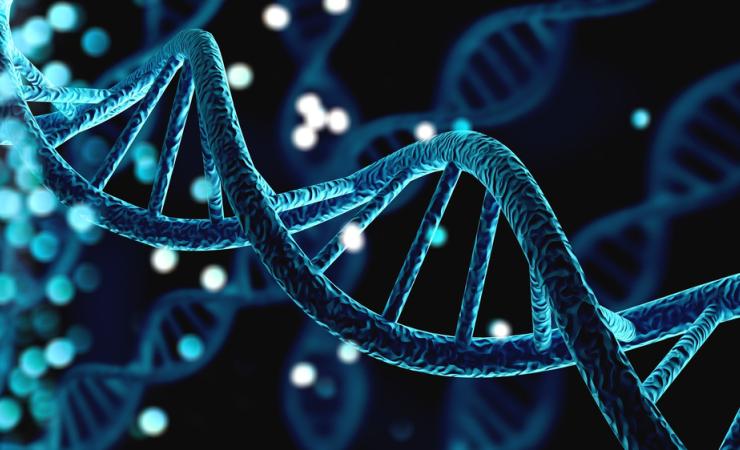Psoriasis and atopic dermatitis, two skin diseases that manifest in rashes and scaly skin patches, affect more than 300 million people worldwide. Yet, these diseases are currently incurable and little is known about their causes. The Innovative Medicines Initiative (IMI) BIOMAP project posited that by analysing existing genetic datasets of people with psoriasis, more could be found out about the disease – and after carrying out extensive analyses of a wide range of molecular data, they uncovered some previously unknown genetic factors that are associated with onset of psoriasis. The results are published in Human Genomics.
“There is an enormous amount of data out there which can be reanalysed to ask new questions,” said Prof. Dario Greco, one of the authors of the paper. “When you interrogate multiple data sets together, you start appreciating patterns of molecular alteration in the disease that you wouldn't be able to appreciate when looking at individual data sets one by one.”
Traditionally when looking at the molecular profile of a person with psoriasis, researchers have investigated one gene at a time, essentially asking whether each gene individually is a good biomarker.
But increasingly, Greco says, it’s becoming clear that the molecules and genes in our cells don’t work on an individual basis, but that they act in a coordinated manner, forming an intricate web of molecular interactions. In some cases, aberrant interactions between molecules can result in psoriasis. So, by integrating the results of different studies, BIOMAP was able to find new molecular patterns in the data which could lead to new – and better – treatments for psoriasis.
“We don't trust anymore in the “one drug-one disease” philosophy and we believe that the more complex the phenotypes [i.e. the physical symptoms] are that we want to treat, the more probable it is that we need to build therapeutic solutions that are multimodal. Identifying novel and more accurate disease subtypes, biomarkers, and drug targets, while discovering more efficient therapeutic molecules, will be the way to find the best tailored solution for the treatment of psoriasis,” says Greco.
People with psoriasis experience flare-ups – for example, if you have psoriasis on your elbow, it may appear scaly, red and sore for a few weeks – but then the skin will recover, and you’ll experience another flare-up a few weeks later.
One thing that the data showed was that skin from a psoriatic lesion showed genetic differences to healthy skin from the same person. Even more intriguingly, the genetic pattern looked different again when you compared it to the healthy skin of someone who didn’t have psoriasis at all.
“We believe that even the healthy skin in people with psoriasis has a basic level of gene profile that makes it more prone to become a lesion as compared to the skin of a non-psoriatic individual,” says Greco.
Another aspect of the study was the discovery of “bridge genes” – a group of genes that form connections between genes that are known to be associated with psoriasis. These bridge genes were never described in scientific literature before. They’re also a hallmark of how the connections and social interactions between genes could be just as important as the individual genes themselves.
In addition, breakdowns in connections within genetic networks were also observed, and this is also extremely important for drug development, the researchers say.
“[These breakdowns in connections] allowed us, together with the idea of the bridge genes, to fish out some putative novel candidates for candidate genes that could be investigated as a drug target or as potential biomarkers,” says Dr Antonio Federico, the lead author of the paper.
The approach that has been applied in this paper can also be replicated for use in investigating the genetic networks in other diseases. In fact, the team already used a similar method to identify genes associated with the immune system’s response to COVID-19, and a current paper is in progress investigating the network of genes surrounding atopic dermatitis (also as part of the BIOMAP project).
BIOMAP is supported by the Innovative Medicines Initiative, a partnership between the European Union and the European pharmaceutical industry.
